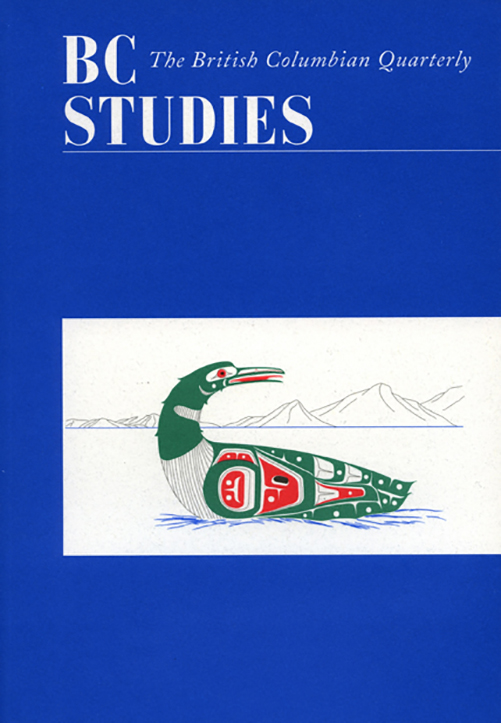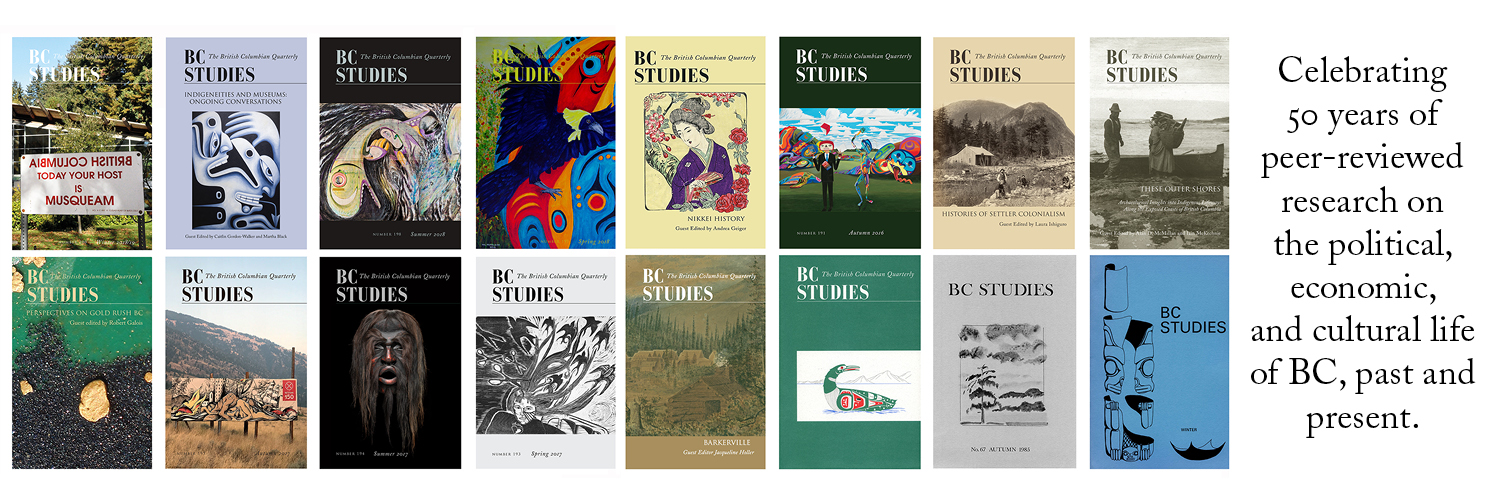Panic on Love Street: Citizens and Local Government Respond to Vancouver’s Hippie Problem, 1967-68
DOI:
https://doi.org/10.14288/bcs.v0i180.183962Keywords:
counterculture, urban politics, youth, police, lobbying, hippies, Vancouver, Kitsilano neighbourhood, government controlAbstract
ABSTRACT
The social and moral problem of youth was both an important subject of debate in 1960s Canada and a field for citizen activism and state intervention. This article centres on the Kitsilano neighbourhood of Vancouver, home in the late sixties to a youthful hip scene that rivalled Toronto’s Yorkville in the Canadian countercultural imagination. I trace how Kitsilano property owners and merchants, motivated by concern about the future of their neighbourhood and generalized worries about youth and drug use, organized to oppose the new element in their community. Initially, the city responded with an enforcement crackdown on the village. Yet as the issue became a citywide concern, other actors engaged in the debate. Local initiatives and expert advice from Vancouver’s social welfare agencies led city council to advocate a second, more conciliatory strategy, based on dialogue and outreach services. Rather than the monolithic establishment imagined by some 1960s narratives, Kitsilano’s hip villagers encountered social actors with differing interests and understandings of their scene, and a local government limited in the scope of its actions.
RÉSUMÉ
Le problème social et « moral » associé à la jeunesse devient un important sujet de débat dans le Canada des années soixante et se situe au cœur d’un véritable champ d’action tant pour l’état que le militantisme citoyen. Cet article examine le quartier de Kitsilano à Vancouver, lieu privilégié tout comme Yorkville de la contre-culture de la jeunesse des années soixante. Je trace comment des propriétaires et des commerçants de Kitsilano, préoccupés par la consommation de drogues chez les jeunes et généralement inquiets pour l’avenir de leur communauté, se regroupent afin de contrer cette nouvelle menace. Initialement, c’est à l’aide d’une répression policière que la ville entend s’attaquer au problème. Cependant, lorsque le « problème hippie » devient un objet de politique municipale, d’autres acteurs interviennent dans le débat. Suivant les conseils d’experts œuvrant au sein d’organismes d’aide sociale à Vancouver, le conseil municipal adopte une nouvelle stratégie conciliatrice basée sur le dialogue et le travail de proximité. Plutôt qu’un ordre social monolithique et puissant, les jeunes du village hip de Kitsilano ont fait face à plusieurs acteurs sociaux avec des intérêts différents et des points de vue divergents quant au problème, et un gouvernement municipal limité dans sa capacité d’intervention.



